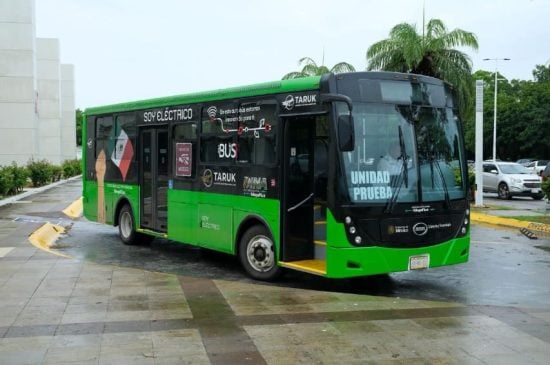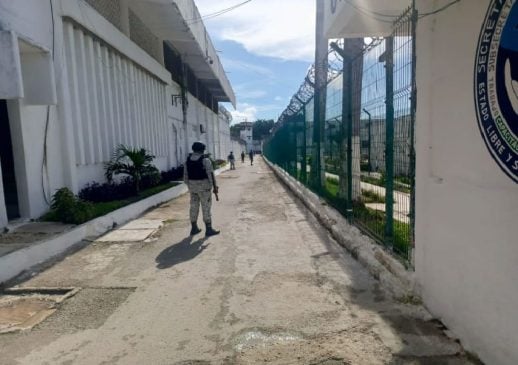Chetumal, Q.R. — The National Institute of Anthropology and History (INAH) is collaborating with authorities to open two new spaces. They are working with the Secretariats of National Defense and Culture to relocate two archaeological sites discovered during Maya Train work.
They will be located, respectively, in Quintana Roo Park in Chetumal and at the Xpujil station of the Mayan Train in Campeche.
According to the INAH, at each site, interdisciplinary teams are restoring a series of pre-Hispanic structures that were dismantled to prevent their destruction. The use of precision equipment for recording and surveying archaeological monuments in the field, such as LiDAR (Light Detection and Ranging) technology and photogrammetry, allows for their faithful reconstruction.
The archaeological salvage that accompanied the construction of the Maya Train made it possible to recognize the territoriality of this ancient civilization. The Balam Tun and K’awiil Memorial Parks were built to showcase the architecture and aspects of life in their ancient settlements.
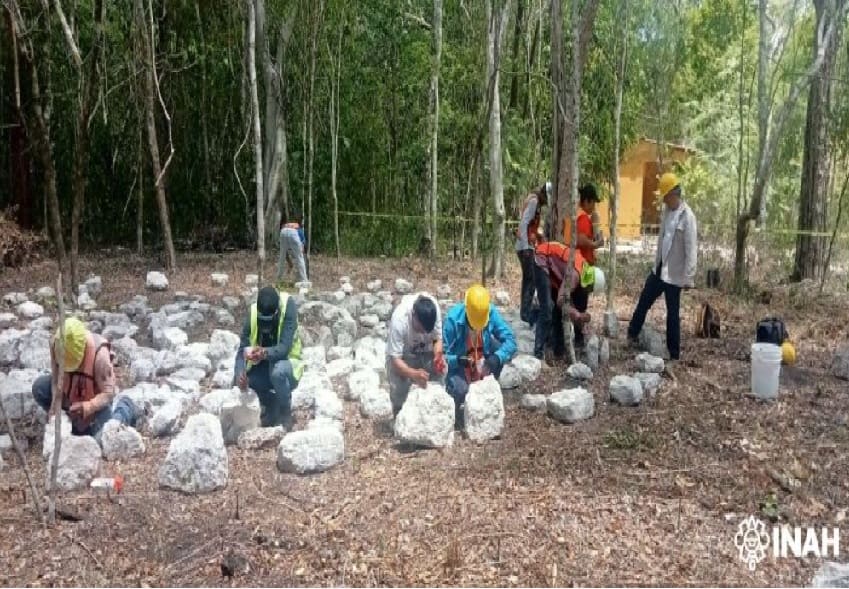
The academic coordinator of the Maya Train Archaeological Rescue Project, Manuel Eduardo Pérez Rivas, explained that the initial proposal was to cover the foundations, but since they were located beneath the track, it was impossible to guarantee their preservation.
Relocating monuments, he explains, is a last resort to prevent their loss. “An emblematic example is the temple of Ramses II at Abu Simbel, which was moved to a higher elevation to prevent flooding by the Aswan Dam.”
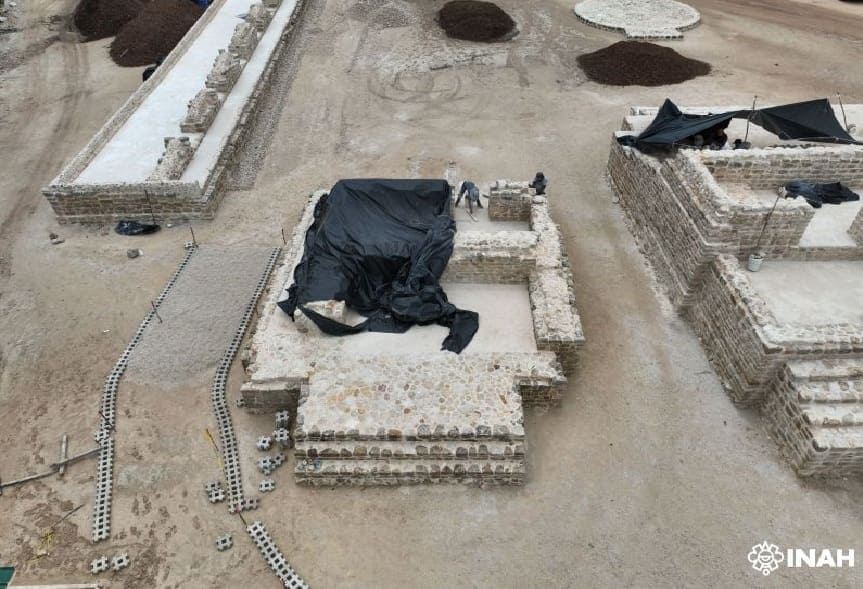
At the Calakmul and Escárcega stations of the Mayan Train, he says, five reconstructed Mayan buildings can be admired, and one structure at the Chetumal station.
Now, thanks to the three hectares within Quintana Roo Park, a project that will host the Southern Border Fair, it was possible to transport the remains of 36 pyramidal bases, some of which have other bodies on top or attached to the sides.
Archaeologist Ramón Carrillo Sánchez, who leads the team of 15 archaeologists, three restorers and local workers who are reassembling these plazas and buildings, notes that they come from 15 sites in sections 6 and 7 of the Maya Train, which connect Tulum and Escárcega with the capital of Quintana Roo.
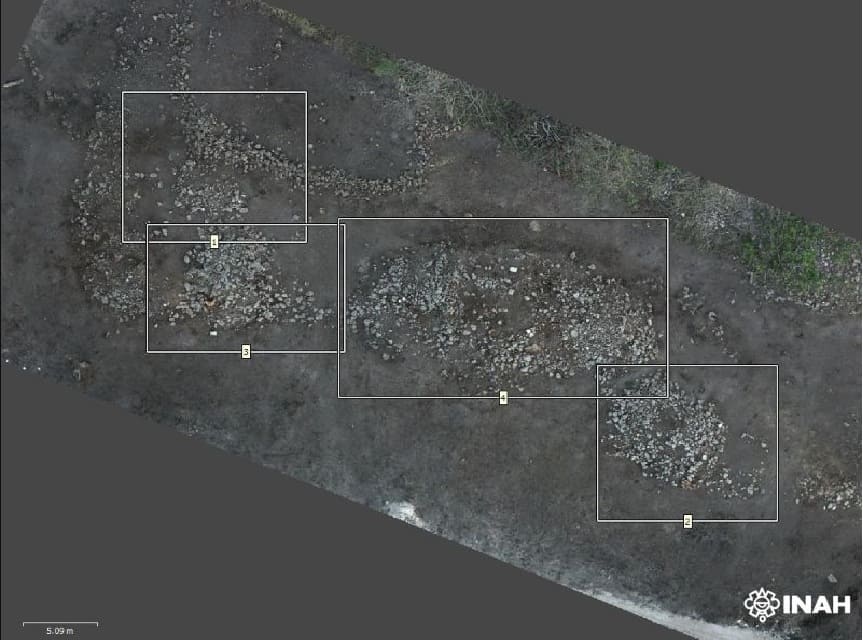
These buildings retain certain characteristics of the Río Bec and Petén styles, the specialist comments, adding that this initiative also represents an opportunity to showcase little-known architectural aspects, such as the substructures from earlier periods found inside the monuments’ facades.
Visitors to the Balam Tun Memorial Park will be able to admire a substructure from the Late Preclassic period (400-250 BC), which was extracted from the “insides” of its “most recent” version from the Early Classic period (250-600 AD). The previous stage of another monument can be viewed through an archaeological window.
“The project seeks to respect, as much as possible, the original data we obtained during the excavations,” says Carrillo Sánchez.
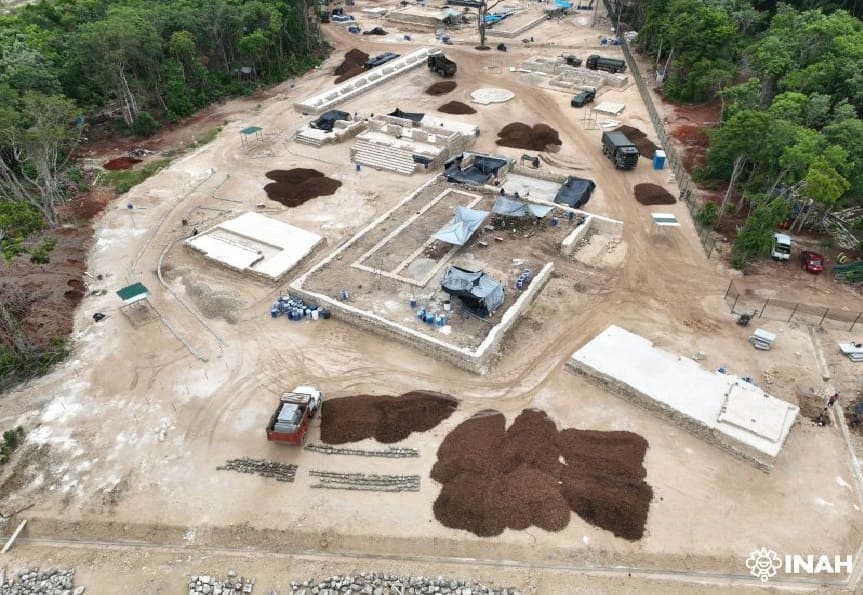
Archaeologist Julieta Ramos Pacheco, one of the supervisors of the K’awiil Memory Park, describes the park as extending over one hectare adjacent to the Xpujil station of the Mayan Train. There, 12 buildings discovered at the Los Monjes, Tigres and CFE sites, recorded in Front 3 of Section 7, were rebuilt.
The initiative, she says, is advancing with the development of trails and the installation of QR code signage to display some of the findings recorded during the excavations, including ceramic pieces bearing the image of the god K’awiil.
The creation of these spaces, Ramos Pacheco concludes, “demonstrates that our research project did not end with the operation of the railway project. Visitors will be able to confirm that the train did pass through, but the culture was preserved.”
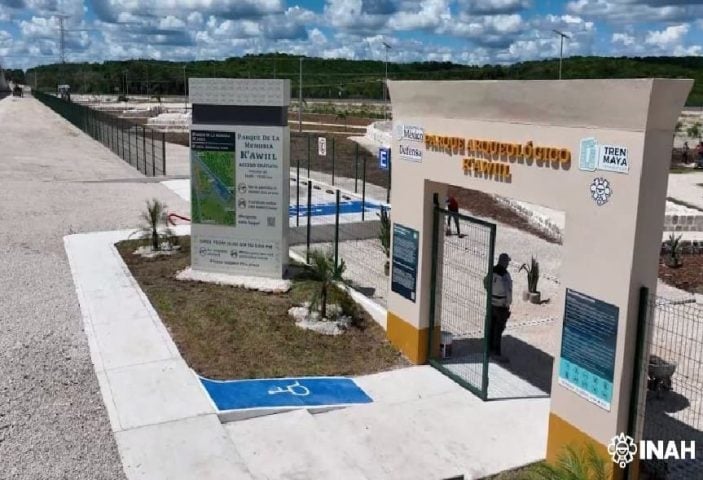
Both spaces are scheduled to be open to the public for the end of 2025.
